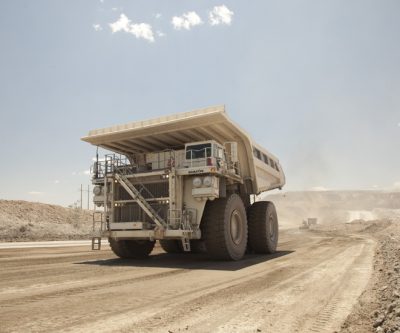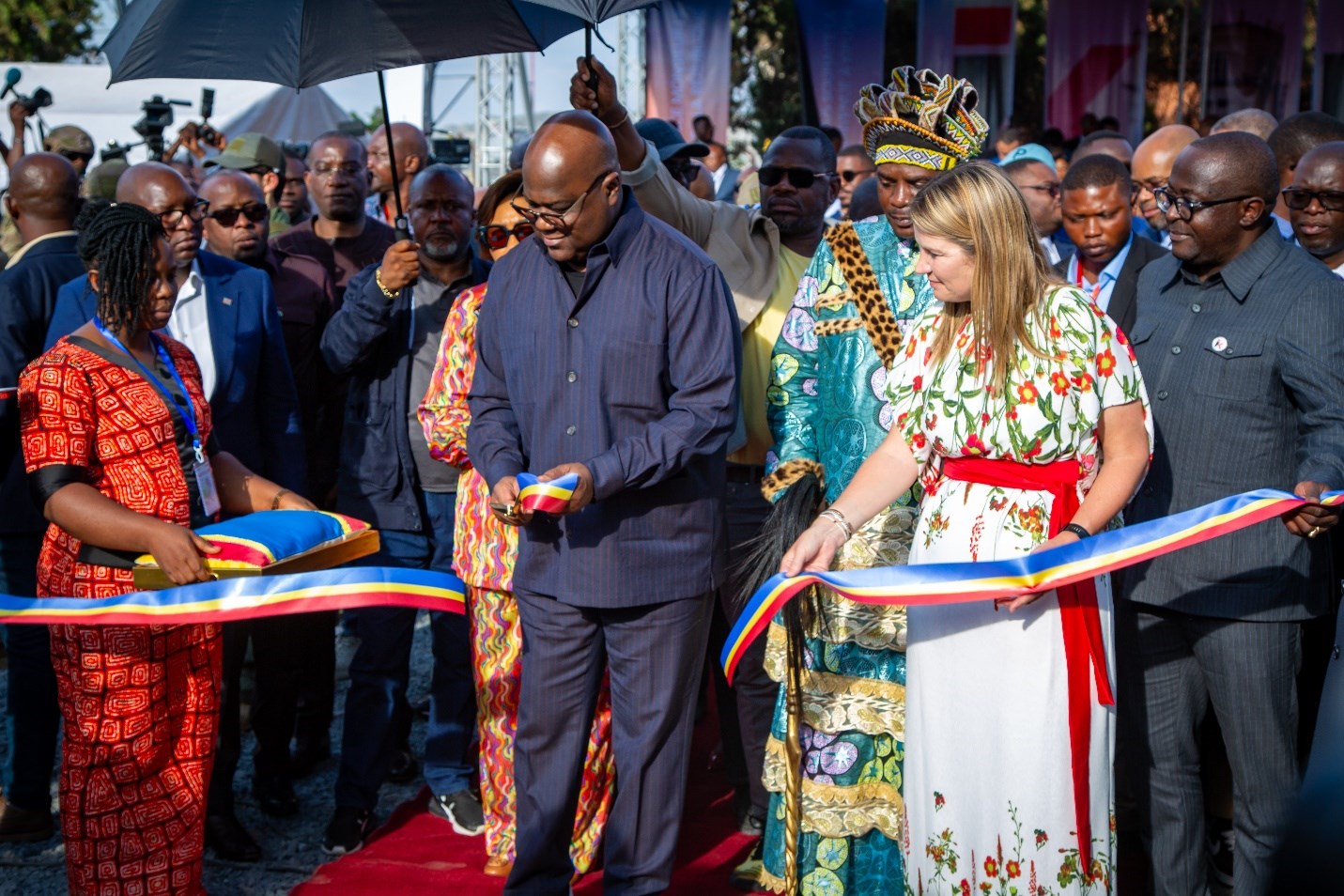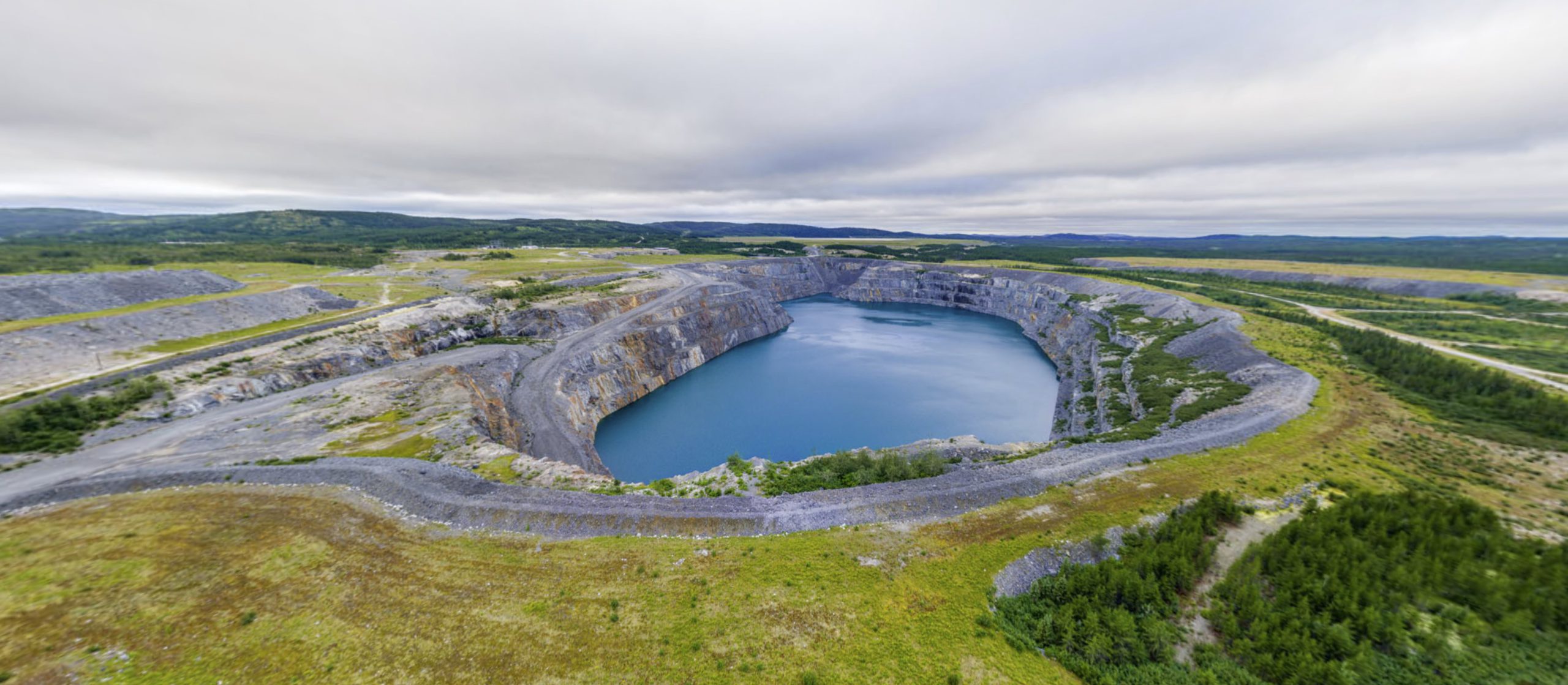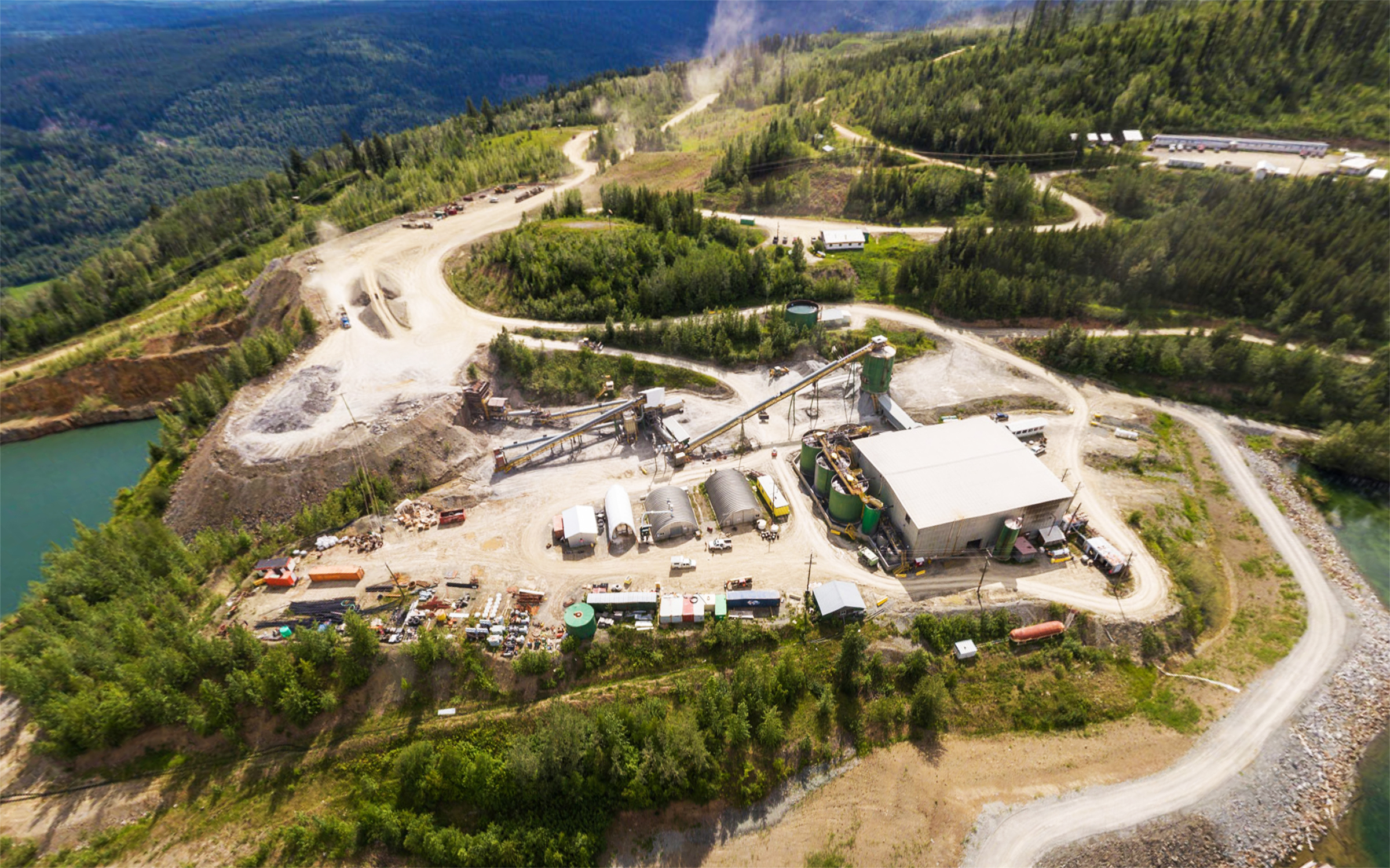“Although the highly favourable results to date remain to be confirmed and supplemented with additional drilling, the grades and thicknesses we have been seeing thus far point to an improvement in open pit economics along with strong potential for a complimentary underground mining operation.”
The deep drilling program will include approximately 16,600 metres of diamond drilling, with 7,094 metres planned for the Buckreef Main Zone, 5,517 metres at Buckreef North and 3,000 metres in the Buckreef South Zone. Some of the holes will be “wedged” to generate multiple intercepts in prospective areas without having to collar new holes on surface.
The program has five principal objectives:
- To define and expand new deep resource potential to 650m vertical depth.
- To upgrade the Inferred Resources to Indicated & Measured categories while improving the confidence level for this deep resource potential.
- To complete any drilling identified recommended by the PEA.
- To acquire metallurgical and specific gravity data on the deep portions of the existing resource.
- To establish geotechnical & structural information on the deep Buckreef resource.
The existing gold resource at Buckreef occurs in three zones covering approximately 1.3km of strike length along the main Buckreef shear zone. The three zones contained within this shear structure have been drilled on either 20 or 40m spaced sections.
The Buckreef shear zone is considered to be a highly disjointed aeromagnetic linear (i.e. a structural feature) that is common to some of the largest gold mines in Tanzania. Of particular interest within this context is Buckreef South which appears to be associated with a magnetic feature west of current drilling that might well continue southwards to intersect the Rwamagaza Shear Zone (which hosts the Barrick’s Tulawaka gold mine in the far west) and the Company’s New Nyamazama zone where a best intersection of 14m grading 10g/t gold has been reported.
A sectional analysis of the Buckreef deposit indicates that the central, higher grade portion of the Buckreef mineralization plunges to the south-west at approximately 40–45 degrees. Samples for Au assay will be split with a mechanized core cutter in half with one half to be sent to the laboratory for geochemical analysis and the remaining half to be kept in the storage for future reference and uses. Samples to be assayed will remain under the control of Company personnel until submitted to SGS laboratory in Mwanza for 50g fire assay (FA) with AAS finish (0.01ppm LLD). The average percentage of recovery core is 95%. Sample intervals of 1m or less but greater than 0.5m depended on geology. Blanks, duplicates and standards will be inserted every 20th sample as part of the QAQC regime. On completion of each hole, the hole will be surveyed by multi-shot camera at 20m intervals to the end of hole. All holes will be wood plugged on completion.
A discussion of the three respective zones follows below:
Buckreef Main Zone
The Buckreef Main Zone dips steeply west (near surface) to sub vertical over approximately 600m of strike length. Gold is mostly associated with silica-carbonate-pyrite alteration in sheared mafic rocks and felsic porphyry, with the best grades intersected where the alteration package is intensely strong and brecciated.
Previous down plunge deep drilling of the Main Zone involved six drill holes. Due to a change in dip direction from steep west to east at depth, the mineralized zone was intersected deeper than originally interpreted. One thing that is readily apparent is that the historical deep drilling did not adequately test down plunge high grade potential since most of the historical holes and the current drilling program on these zones has generally tested the interval 125m – 200m vertical below surface.
The 2012 deep drilling program is designed to intersect and delineate interpreted higher grade shoots in the Main zone deeper shoot area. The proposed drilling will result in an improved Indicated Resource category and should also improve the average grade based on results received to date so far. Drilling at the Main Zone has the potential to add significantly to the existing resource estimate. Another benefit of the program is to gain a better understanding and more confidence in the Buckreef Main Zone deep resource. The aim of the final outcome of the program is to increase both revenue and life of mine (LOM).
Buckreef North Zone
The Buckreef North Zone occurs over approximately 380m of strike length, displays similar grades and strike continuity to the Main Zone, and has been tested to a maximum depth of 200m. The North Zone is open at depth and drilling completed to date suggests potential for more than one mineralized zone that could facilitate the creation of a wider open pit configuration at commercial production.
The proposed deep drilling program at Buckreef North will include six “parent” core holes with a total of 12 daughter holes (i.e. wedges) to infill the drill gaps and upgrade the Inferred Resource to the Indicated category. The other benefit of the drilling program is to gain confidence in the deep resource at the North Zone.
Buckreef South Zone
The Buckreef South Zone extends over 320m, dips sub-vertically to the east, and generally lacks grade continuity from hole to hole, suggesting a local oblique control that is not well understood at the present time. Limited deeper drilling of this mineralized zone on two sections (maximum vertical depth of 100m) has not generally repeated better grade intersections near surface.
Three deep parent core holes are proposed to test the deep potential in the South Zone in order to locate higher grade shoots for evaluation by nine drill holes. Data from this drilling will allow for a detailed analysis of the structural controls in the area.
Qualified Person(s)
The Company’s Qualified Persons; Phillip Kaniki and Charles Mnguto, have reviewed and approved the contents of this news release. Mr. Phillip Kaniki has a Bachelor of Science degree in Geology from the University of Dar es Salaam (1997) and is a registered scientist with MAusIMM (Reg. No 221963). Mr. Charles Mnguto has a Bachelor of Science degree in Geology (Hons) from the University of Dar es Salaam (1995) and is a registered scientist with MAusIMM (Reg. No 307793).
Respectfully Submitted,
Joseph Kahama
Chairman and Chief Operating Officer (Tanzania)
For further information, please contact Investor Relations at 1-800-811-3855
Visit our website: www.TanzanianRoyalty.com
The Toronto Stock Exchange and NYSE Amex Equities have not reviewed and do not accept responsibility for the adequacy or accuracy of this release
Cautionary Note to U.S. Investors – The United States Securities and Exchange Commission limits disclosure for U.S. reporting purposes to mineral deposits that a company can economically and legally extract or produce. We use certain terms on this news release, such as “reserves”, “resources”, “geologic resources”, “proven”, “probable”, “measured”, “indicated”, or “inferred” which may not be consistent with the reserve definitions established by the SEC. U.S. Investors are urged to consider closely the disclosure in our SEC filings. You can review and obtain copies of these filings from the SEC’s website at http://www.sec.gov/edgar.shtml
This news release contains certain forward-looking statements and forward-looking information. All statements, other than statements of historical fact, included herein are forward-looking statements and forward-looking information that involve various risks and uncertainties. There can be no assurance that such statements will prove to be accurate, and actual results and future events could differ materially from those anticipated in such statements. Important factors that could cause actual results to differ materially from the Company’s expectations are disclosed in the Company’s documents filed from time-to-time with the British Columbia, Alberta and Ontario provincial securities regulatory authorities.
Certain information presented in this release may constitute “forward-looking statements” within the meaning of the Private Securities Litigation Reform Act of 1995. Such forward-looking statements are based on numerous assumptions, and involve known and unknown risks, uncertainties and other factors, including risks inherent in mineral exploration and development, which may cause the actual results, performance, or achievements of the Company to be materially different from any projected future results, performance, or achievements expressed or implied by such forward-looking statements. Investors are referred to our description of the risk factors affecting the Company, as contained in our SEC filings, including our annual report on Form 20-F and Registration Statement on Form F-10, as amended, for more information concerning these risks, uncertainties, and other factors.




